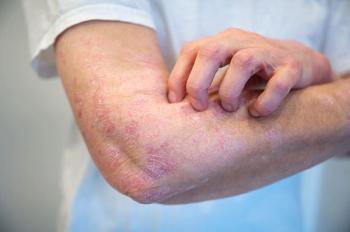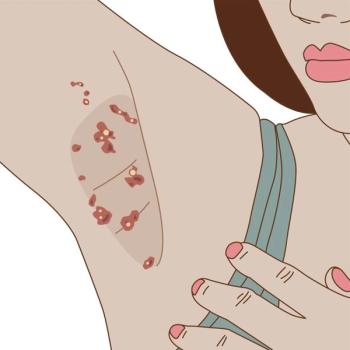
Even the Mildly Intoxicated Don't See Straight
SEATTLE - Blind drunk is much more than a vivid description of big-time intoxication, according to investigators here. It is also a state of visual inattention while driving that may not take much alcohol to attain.
SEATTLE, June 30 - Blind drunk is much more than a vivid description of big-time intoxication, according to investigators here. It is also a state of visual inattention while driving that may not take much alcohol to attain.
Merely one stiff drink can make people blind drunk, in the sense that they can miss an important visual cue when driving even when it's staring them in the face, University of Washington investigators reported online in the Journal of Applied Cognitive Psychology.
"We rely on our ability to perceive a multitude of information when we drive (speed limit, road signs, other cars, etc.)," said Seema Clifasefi, Ph.D., a research fellow at the University of Washington Addictive Behaviors Research Center here.
"If even a mild dose of alcohol compromises our ability to take in some of this information, in other words, limits our attention span, then it seems likely that our driving ability may also be compromised."
In a study comparing sober and mildly intoxicated volunteers, she and colleagues found that those who had downed an alcoholic beverage were twice as likely as those who had drunk a non-alcoholic beverage to miss an obvious, incongruous image while focusing on a specific task during the viewing of a 25-second video clip.
The phenomenon, known as "inattentional blindness" can occur both in people who are stone-cold sober and in those whose judgment and faculties are impaired by alcohol or other mind-altering substances, the investigators said. This research suggests that drinking makes "inattentional blindness" worse.
In a classic 1999 study demonstrating the phenomenon, published by another group, participants were instructed to watch a video clip of two teams passing basketballs back and forth, and to tally them, the authors wrote.
During the game, a woman dressed in a gorilla suit walked into the middle of the screen, stopped and beat her chest, then walked away. When later questioned about the incident, roughly half of the individuals did not report noticing the gorilla. So it is common for sober individuals to fail to detect unexpected objects-even salient ones-that appear in their visual fields.
In the current experiment, Dr. Clifaseti showed a 25-second clip from that original video to 47 adults between the ages of 21 and 35 years old. The volunteers were screened for drinking problems or other contraindications to alcohol use.
The participants were then divided into one of four groups, depending on whether they were told they were getting alcohol and got it or got a placebo instead, or whether they told that they were being given a placebo and got the placebo or alcohol instead.
In the school's Behavioral Alcohol Research Lab, which is designed to look a cocktail lounge, the volunteers randomly selected envelopes that they thought matched the type of drink they would be getting.
The volunteers who got alcohol were given vodka and tonic, while those who got placebo got tonic alone. The alcohol was titrated by weight and sex with the volunteers being given enough to achieve a blood alcohol level of half the legal limit in most states. 0.04%.
The participants were given 10 minutes to finish their drinks and were asked to make them last that long.
After an additional five minute wait, the volunteers were shown the video clip and asked to count the number of times one of the teams passed the ball to one another. The participants were interviewed afterward to determine whether they had seen the woman in the gorilla suit, and they were asked to rate on a scale of one to five cognitive and physiologic effects they might have felt, and to report how intoxicated they felt.
The investigators found that the participants believed what they were told about the drink they were getting, and those who were told they were being served alcohol reporting feeling more intoxicated than those who were told they were getting placebo, regardless of what they actually drank.
Secondly, they found that only 33% of all volunteers, regardless of their sobriety, reported seeing the gorilla. In all, 18% of those who got alcohol-both the volunteers who were told they were getting alcohol and those who were told they were getting placebo-saw the gorilla, compared with 42% of those were told they were getting alcohol but got tonic, and 50% of those who were told they were getting tonic and got it (P<0.05).
Their findings suggest that drunk-driving statutes may need to be toughened, Dr. Clifasefi and colleagues wrote
"Even at only half the legal driving limit in the U.S., our subjects were at a significantly increased risk of failing to notice an unexpected object compared to their sober counterparts," they commented. "In light of this result, perhaps lawmakers should reconsider the level of intoxication deemed legal to operate a vehicle."
Newsletter
Enhance your clinical practice with the Patient Care newsletter, offering the latest evidence-based guidelines, diagnostic insights, and treatment strategies for primary care physicians.















































































































































































































































































